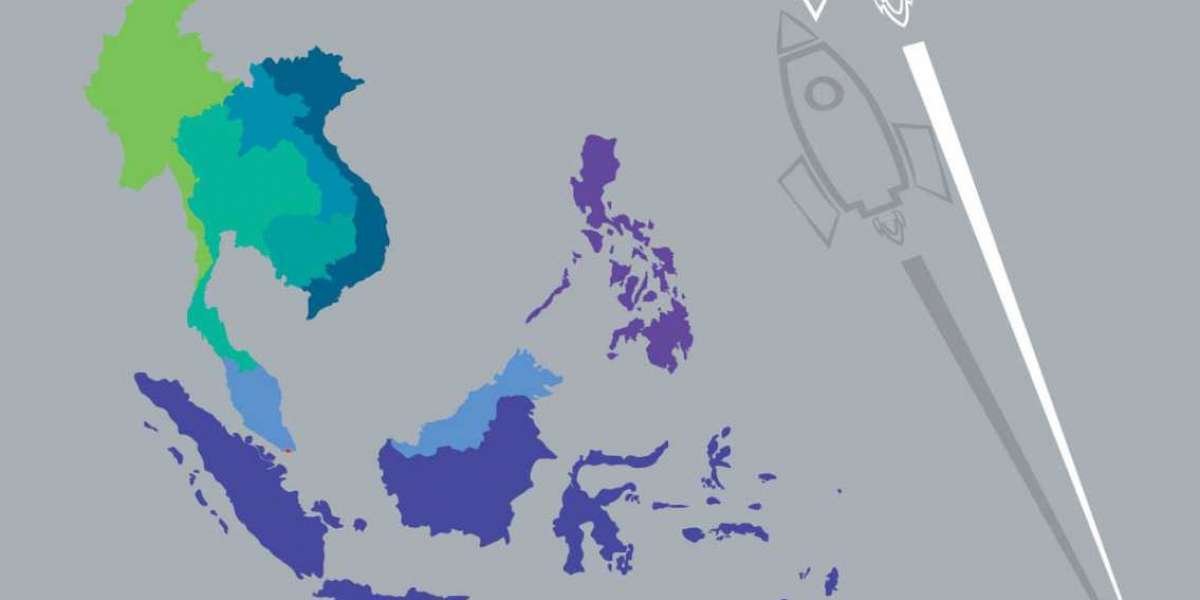The world’s Sustainable Development Solutions Network (SDSN) released the Sustainable Development Report 2021 and the SDG Index 2021, and SDSN Thailand in collaboration with SDG Move and the Faculty of Economics of Thammasat University created a press release and published preliminary information about the status of Thailand in the SDG Index 2021 to accompany the launching of the aforementioned report.
In this article, the author will take you through the in-depth understanding of SDG Index, the way they are evaluated, and the status of Thailand in that areas that are the major challenges in which Thailand should pay special attention to. This article will show that even though Thailand has been approaching nearly three quarters of the entire path to achieve SDGs, as reflected from the SDG Index score for this year at 74.12 of 100 points total, the last quarter is not an easy work.
The key challenges of Thailand as revealed by the SDG Index 2021 continue to be the issues of inequality and justice, natural resources and environment, and good governance, rights and freedoms. Most of these issues are deteriorating or are still difficult to develop. It is, therefore, likely impossible to continue steer Thailand toward only a “quick win” in sustainable development. Instead, we have to find a systematic way to manage the “hard-to-win” problems, and they need to be systematically changed to the foundational level.
Please find out more information on the link below:
https://www.sdgmove.com/2021/06/20/sdg-insights-inside-sdg-index-thailand-index-2020-vs-2021/
01 – The Methodology: Understanding SDG Index Assessments
The SDG Index is an assessment performed by the Sustainable Development Solutions Network (SDSN), which is a global network of academics working in collaboration with the United Nations to drive SDGs since 2012 in 165 countries, although this number is smaller than the previous year by 1 country (due to lack of data on Comoros). These 165 countries are countries that have at least 80% of all indicators (91 indicators for every country). Additionally, changes have been made to indicators and some assessment methods, so the assessment scores for this year cannot be compared with last year’s scores, and developed countries were more richly assessed than developing countries. This index is highly reliable due to its independent review by the European Commission Joint Research Centre (JRC).
We would like to only briefly explain the assessment methods and color classifications (red, orange, yellow, and green) for each goal of the SDG Index here, but people who are interested can learn about them in detail in Part 4 of the Sustainable Development Report 2021.
For the primary sources of data, about two-thirds of all indicators relied on data from international organizations with heavy data accuracy reviews, while the remaining one-third of the indicators relied on other credible sources of information such as household surveys, data from civil society organizations and networks, and academic articles published in academic journals.
Work committees calculated scores by normalizing indicators to ensure that every value ranged from 0 to 100, whereby 0 indicated the worst status while 100 indicated the best status. Furthermore, to prevent variance, highest and lowest outliers were eliminated, while upper bounds and lower bounds were set for each indicator to allow the indicator values to be converted into the range of 0-100. Values below the lower bound were automatically classified as 0, while values above the upper bound were automatically classified as 100.
In calculating SDG Index scores, “group-referenced” and “criterion-referenced” methods were used. Although an indicator of a country might be classified as a “pass”, it might not be as good as other countries. Therefore, color classifications are used for each indicator. As for the interpretation of indicators and SDG Index scores, considerations were made based on distance from the full 100 points. While calculating overall SDG Index score, every SDG was given an equal weight, while for calculations of scores for the goals of each country, the arithmetic mean of each SDG indicator was calculated first, and then the score of every goal was used to calculate another average as the country’s average.
In the color classifications for each goal, considerations were based on indicators with the worst status for the goal. For example, a single goal might have 10 indicators. In this case, only the two worst indicators would be considered. If both indicators are in the red, then the entire goal will be classified as red. Meanwhile, if the two worst indicators of a goal are in the green, then the goal will be classified as green. This ensures that no country leaves any indicator behind.
Lastly, the SDG Index trends were calculated based on estimates of linear changes in each indicator based on data from 2015-2019 with projections up to year 2030. A projected lower score would produce a red downward-pointing arrow, while a projected score suggesting an increase by under 50% of the target for 2030 would indicate lack of development or lack of movement, in which case an orange right-pointing arrow would be produced. Furthermore, a projected score suggesting an increase by more than 50% which fails to reach the target for 2030 would indicate minor progress and would produce a yellow right-pointing arrow, and a projected score suggesting an increase that would reach the target or if the target has already been reached would indicate concordance with the plan and produce an green upward-pointing arrow.
02 – Thailand’s SDG Index: Overview
Overall, Thailand is ranked 43 out of 165 countries and has an SDG Index score of 74.2. This means that Thailand has made three-quarters of the entire distance. Although a comparison of SDG Index 2020 with 2021 would indicate a decrease in Thailand’s score, Thailand’s score actually increased given the fact that new indicators were added and changes were made to calculation methods in 2021.
Meanwhile, the spillover score of 88.7 points indicated negative impacts created on other countries. This amounts to a negative score by 11.3 points as a result of the country creating negative impacts on other countries due to export of crop pesticides and herbicides, which are harmful chemicals. In addition, the country imports goods and services that produce high levels of greenhouse gas emissions and which threaten land and marine biodiversity.
According to the above dashboard, Thailand has 5 goals classified as major challenges. However, in view of the calculation methods, it will be discovered that the reason these goals are in the red is because the two worse indicators are red, while most indicators were in fact green.
A consideration of the indicators gives us the clearest picture of the country’s challenges. Figure 5 shows the numbers and proportions of SDG Index indicators for which Thailand has information and received assessment. Of these 90 indicators, 44% have already been classified as having met their goals (green), while there remain some challenges (yellow) in 23% of the indicators, major challenges (orange) in 15% of the indicators and very serious challenges (red) in 18% of the indicators.
03 – Considerations by Goal: Which issues are good and which are concerning?
Upon classifying the indicators by goal, it was found that the indicators that Thailand is doing well on are those related to quality of life goals, such as on eliminating poverty (SDG1), access to education (SDG4), access to clean water and sanitation (SDG6), and economic development goals, such as decent work and economic growth (SDG8) and development of industry, innovation and infrastructure (SDG9). However, Thailand continues to have significant problems with indicators related to equality (SDG10 and SDG5) and environmental goals, especially in regards to climate change (SDG13), marine ecosystems (SDG14), and land and forest ecosystems (SDG15).
04 – Considerations by Indicator: The country’s major challenges
The SDG Index shown in the report and the website only provide color classifications for the indicators and not the normalized scores. Therefore, the author downloaded the database file for all SDG Index data to calculate and present them in this article with the aim of trying to answer this question: “If considered based on the normalized scores, which of Thailand’s indicators remain farthest away from reaching SDGs?” In this effort, the author ordered the indicators by normalized score in ascending order and then calculated the scores by subtracting the normalized scores from 100 to produce the scores that show the distance between the situation presented by available data and the established goals. Shown in Figure 8 below is a table containing the top 20 indicators farthest from reaching SDGs (How far from achieving the SDGs?) based on SDG Index calculations. The table specifies the SDGs (SDG), indicators considered (Item), values of the indicators (Value), year of the data (Year), SDG Index status (Status) and trend in meeting the goals.
The above table shows that, for the top 20 indicators farthest from their destinations, aside from those concerned with deaths from road accidents and number of scientific and technical publications, the remaining indicators are environmental indicators (SDGs 2, 6, 12, 14, and 15) and indicators related to governance and development mechanisms and cooperation (SDGs 16 and 17). Additionally, of these 20 worst indicators, 8 indicators are inclined to worsen; all of them are environmental, rights and freedoms, governance, and government activities indicators.
05 – Summary: Synthesis of Key Lessons from the SDG Index 2021
Based on the SDG Index indicators, Thailand has made progress by over three quarters of the path to achieve sustainable development goals, but major challenges still exist primarily in inequality, justice, and environmental goals, in addition to health goals.
After the scores were normalized, development gaps have been revealed between the current status of the indicators and the desired status (full 100 points) (Please see the explanations on the measurement procedures in 01). It can be seen that indicators that are still far from meeting their goals are mostly indicators related to the environment, equality/inequality, governance, and government actions.
Furthermore, of the top 20 most challenging indicators that are farthest from achieving their goals, environmental, rights and freedom, and governance indicators are indicators that do not appear to be inclined to improve. Therefore, they are hard-to-win sustainable issues. If the government does not express its intention to create genuine and systematic changes on the foundational level, Thailand will be unable to meet its sustainable development goals.







